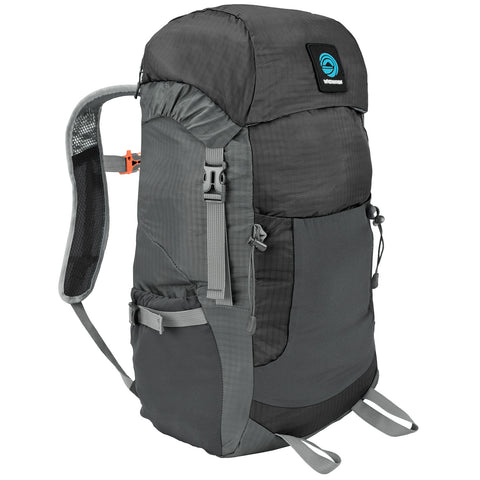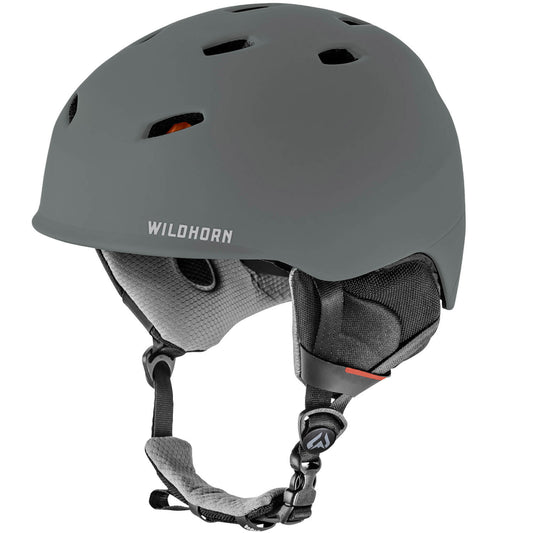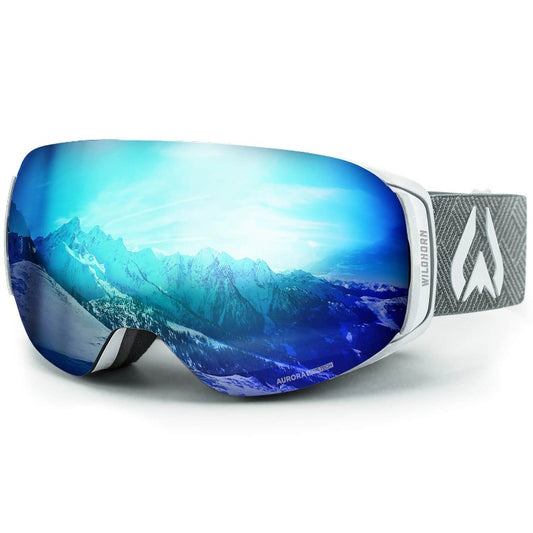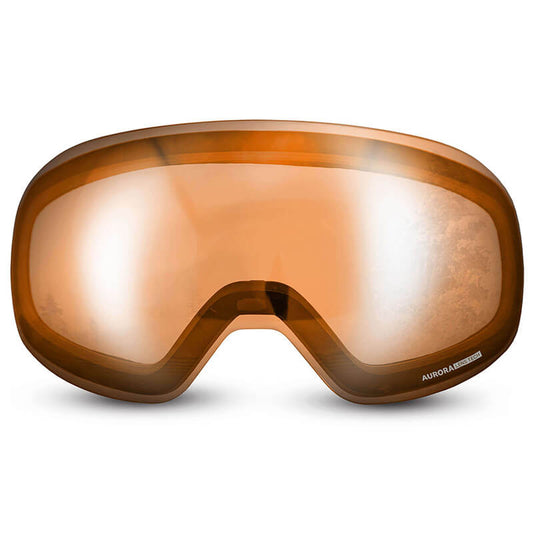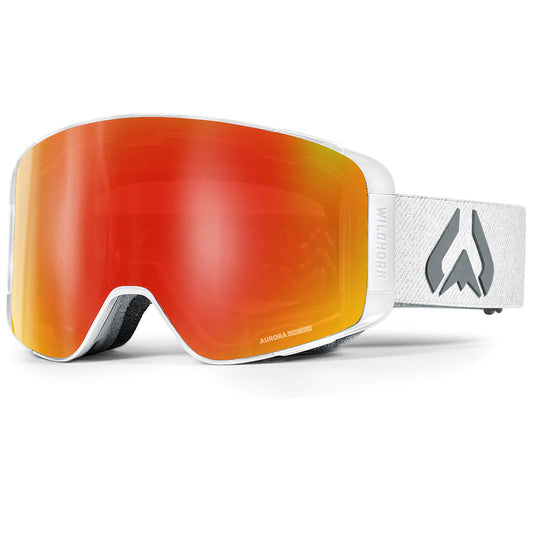9 Things You Need to Know About Hiking the Inca Trail to Machu Picchu
By: Mark T
When you crave adventure like most people crave chocolate, you keep your eyes open for opportunities to feed those cravings. So when a friend asks if you want to tag along to visit their friends in Peru and check out Machu Picchu, you say “Heck, Yes!” While Peru has a lot of great adventure opportunities, the classic Inca trail to Machu Picchu is one worth checking out. Here are some helpful tips that should get you on your way.
1) Why the Inca Trail to Machu Picchu?
The Inca trail is one of the most famous trails in the world and for good reason. The trail itself is breathtaking, but the end of the trail is a spectacular sight as you reach the ancient ruins of Machu Picchu at sunrise. The classic Inca trail runs 26 miles (42 km) long, is usually hiked over 4 days and 3 nights and is tucked away in the beautiful Andes mountains in Peru. Much of the trail is still the original Inca constructed trail, a true testament to Incan engineering. The scenery is breathtaking and offers a lot of variety. The trail passes through several types of Andean landscapes including the lush cloud forest and alpine tundra. Hikers ascend two mountain passes over 13,000 feet (3,962 meters) and then drop down to where Machu Picchu sits at 7,982 feet (2,430 meters). There are other route options, but the Inca Trail is the most classic.

2) What to Expect
1st day - Easy-ish
2nd day - Challenging
3rd day - Unforgettable
4th day - Unique
Day 1
The first day starts early. You’re excited. You’re getting used to the trail, your pack, and your traveling companions. The trail is slightly uphill, but you’re just getting warmed up. Depending on your group’s itinerary and speed, you hike for 6-7 hours.

Day 2
The second day challenges you. It’s important to drink water, take it slow, and go at your own pace. Depending on your group’s pace and itinerary, you will cross over two passes over 13,000 feet. The views are amazing and the feeling of accomplishment when you reach the top of Dead Women’s Pass is one you will not soon forget. This is an exhausting day, but worth every step. You can expect to hike 8-9 hours.
Day 3
The third day was described to us during orientation as “unforgettable.” Before the trek, I wasn’t sure why they would say that, but now I know. On this day, the landscape changes dramatically. You will find yourself walking through one of the stages of the Amazon called the cloud forest. It will be obvious that you are in a tropical jungle, but still above the clouds. You will cross through two Incan tunnels carved out of the mountainside, and visit amazing ruins including Winaywayna, which means Forever Young. There is a waterfall just behind these ruins that is worth checking out. There are lots of stairs going down on this day and our guide told us this is what he referred to as the “Gringo Killer.” I think it had to do with the steep and sometimes narrow downhill steps. You will be feeling the two passes from the day before, so your legs may be a little sore and tired. Hiking time is about 5-6 hours, so there is more time to take time to enjoy the views, the ruins, and just being where you are. Be sure to ask your guide about Winaywayna because not all trekkers are aware of it.

Day 4
The fourth day starts early as you head to the Sun Gate to catch your first glimpse of Machu Picchu. If you’re lucky, you see it just as the sun begins to rise and lights up Machu Picchu and Wayna Picchu. You won’t believe your eyes. You’ve seen it a thousand times, but the pictures just don’t do it justice. It takes about another hour to hike down to Machu Picchu from the Sun Gate. Try and get there early before the buses arrive with thousands of tourists. Your guides should give you a tour of the ancient city, but if they don’t, it’s worth paying for one on your own. Machu Picchu covers a huge area and if you don’t know what is what, you’ll miss out on some of the experience. Your last day of hiking will only be 2 -3 hours. You will catch the bus down to Aguas Calientes and then the train back to Ollantaytambo and then another bus back to Cusco. Alternatively you can stay the night in Aguas Calientes and enjoy the small town’s restaurants and ambiance.

Well done! You just hiked the Inca trail to Machu Picchu!
3) When to Go
They tell you that the best time to go is during the dry season which runs from May through September. July is especially popular but crowded. The trail is closed for regular maintenance in February. Because the trail is a popular choice, they restrict the number of people allowed on the trail at a time. Only 500 people a day can be on the trail at a time, and that number includes the guides and porters, usually about 300, leaving about 200 spots available for trekkers. So it’s important that you book several months in advance. A permit is required.
I went in July and had beautiful weather the entire time. We had one evening where it rained, but we had already made camp and we were prepared so it wasn’t anything to worry about. While July is busy, we still seemed to have time to ourselves on the trail. Several times, we would be the only ones at one of the several ruins you see along the trail, and could soak in the sights, take our pictures, and just enjoy where we were without having to worry about crowds.
4) When to Book?
Permits to hike the classic Inca trail become available January 1st every year. If you are booking with an agency, they will reserve the permits for you. You must plan early and book as far in advance as possible. The classic trail is very popular and will sell out, especially during the months of July and August. Also, if you decide you want to do something extra, like hike to the top of Wayna (Huayna) Picchu or hike the Machu Picchu Mountain, you will want to reserve those tickets early as well. For safety reasons, Wayna Picchu only allows 400 people a day in two groups of 200 once in the morning and again in the afternoon. They sell out quickly, so plan ahead.
5) Why You Should Use a Trekking Agency
The easy answer is that it’s required. They can help you with many of the little details like reserving the permit for the Inca trail, arranging transportation to and from the trail, hiring good guides and porters, providing fascinating history, facts, and details about the many ruins, the trail itself, the Incas, and the people who live in the mountains today. There are several options available, but make sure you go with a company that takes care of their porters. These men will work hard for you and really are the ones that make the experience the amazing one that it is.

You will want to find out what is included, how much they expect you to carry, how much their porters will carry, how many guides, and if they offer the option to rent gear from them, etc. Don’t just go with the cheapest option. It’s worth doing some research and weighing your options.
Also, if there is an option to hire an extra porter to carry more than just your tent, hire them. It’s not only great for their economy, after that second day crossing over two 13,000 passes, you will be so glad you did.
Check out http://www.incatrailreservations.com/ as a possible trekking company. They do a great job.
6) What to Pack?
You can find several sites that will give full packing lists for the Inca trail and the trekking service you go with will have recommendations, but here’s what I wouldn’t leave home without:
- Trekking Poles- These will save your knees and are very helpful on the downhill portions. You may be able to rent them from your trekking service.
- Bug Spray- You will be trekking in sections of the Amazon rain forest. There will be bugs that will come out to bite.
- Headlamp -I recommend a headlamp rather than a handheld flashlight because on the last day, you’ll be up early to hike up to the Sun Gate to see the sunrise over Machu Picchu. You will want to keep your hands free while hiking in the dark.
- Warm sleeping bag and warm layers- It will always get cold at night, no matter the time of year you go.
- Ear Plugs -You will be sleeping in tents and you can’t always choose your neighbors.
- Good water bottleor hydration pack - Altitude sickness can happen on this trek and staying hydrated is one of the best ways to prevent it. Get a bottle that you like, that’s easy to access and open, and drink often and lots.
- Toilet Paper and plastic bags -Places like this don’t provide it for you, so bring your own and also bring something to put it in until you can find a place to dispose of it.
- Hand Sanitizer -You’ll need it. Trust me.
- Day Pack- I brought my 36 liter pack, though you could go with a smaller pack, especially if you hire an extra porter to carry a few extra things like your sleeping bag and clothes. Just make sure it’s comfortable and fits everything you need into it.
Check out the Wildhorn Highpoint 31L packable Daypack for your Inca Trail adventure.
7) How Should I Prepare?
This trail is very doable for the individual who is up for a challenge, but it helps to get your body physically prepared for climbing stairs, being at a higher altitude, and hiking for multiple days. Plus, the more in shape you are, the better your body is able to adjust to the altitude, and the more you’re able to enjoy the trail.
Since the trail consists of a lot of stone stairs, I prepared by walking up and down stairs in an office building where I work. I’m not always able to get out to the mountains and go for a hike every day and some people may not have that option. You should be able to find some stairs to walk up and down on, either in an office building, in your home, bleachers, or a nearby stadium. I want to emphasize that going down the stairs is just as important as going up. It will help strengthen your knees and will be very helpful on the downhill parts of both high passes you’ll cross and on a steep downhill section that our guide called the “Gringo Killer.”
If you can get out and hike any hills or mountains with your pack it will be helpful. I have also found that biking, running, and swimming have also been helpful in getting in shape for these types of treks and it’s fun to switch things up every once in awhile.
8) Books and Movies about the Incas, the trail, and Machu Picchu
To learn more about where I was going and because I was excited, I tried to get my hands on anything had to do with the Inca trail, Machu Picchu, or just the Incas. Here’s a few books and movies that are worth checking out:
Books:
- Turn Right at Machu Picchuby Mark Adams
- Lost City of the Incas: The Story of Machu Picchu and Its Buildersby Hiram Bingham
- The Last Days of the Incasby Kim MacQuarrie
Movies:
- The Secret of the Incas (1954) starring Charlton Heston
- Wonders of the World: Machu Picchu (2011) - an award winning documentary
9) Fun Facts and Little Surprises
- You can get four stamps in your passport for hiking the Inca Trail to Machu Picchu. One stamp for each day all along the trail, with the last one being from Machu Picchu.
- It is believed that the Indiana Jones character is based off real-life explorer, Hiram Bingham, the man who discovered Machu Picchu.
- Much of the trail is still the original Inca constructed trail - there has been very little restoration because it is still in such great condition.
- There are alternative trails that also reach Machu Picchu - The Lares trek and Salkantay trek are far less crowded and a good alternative that requires no permits due to less traffic.

Guest Blog Post by Marianne Jennings. You can follow her on Twitter and Instagram: @mjennings21




